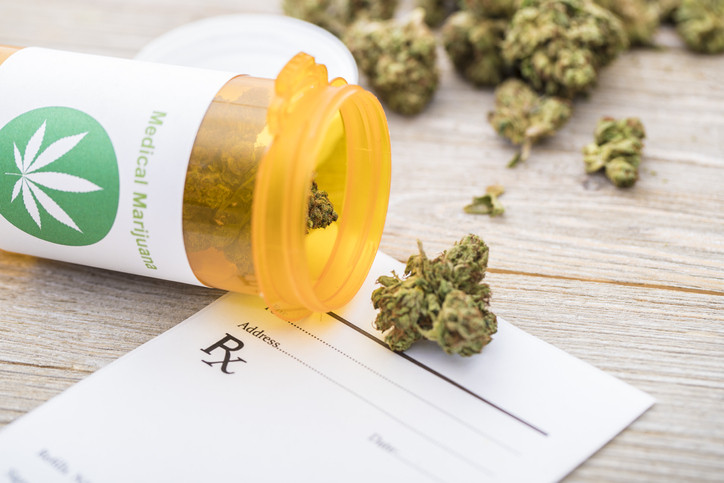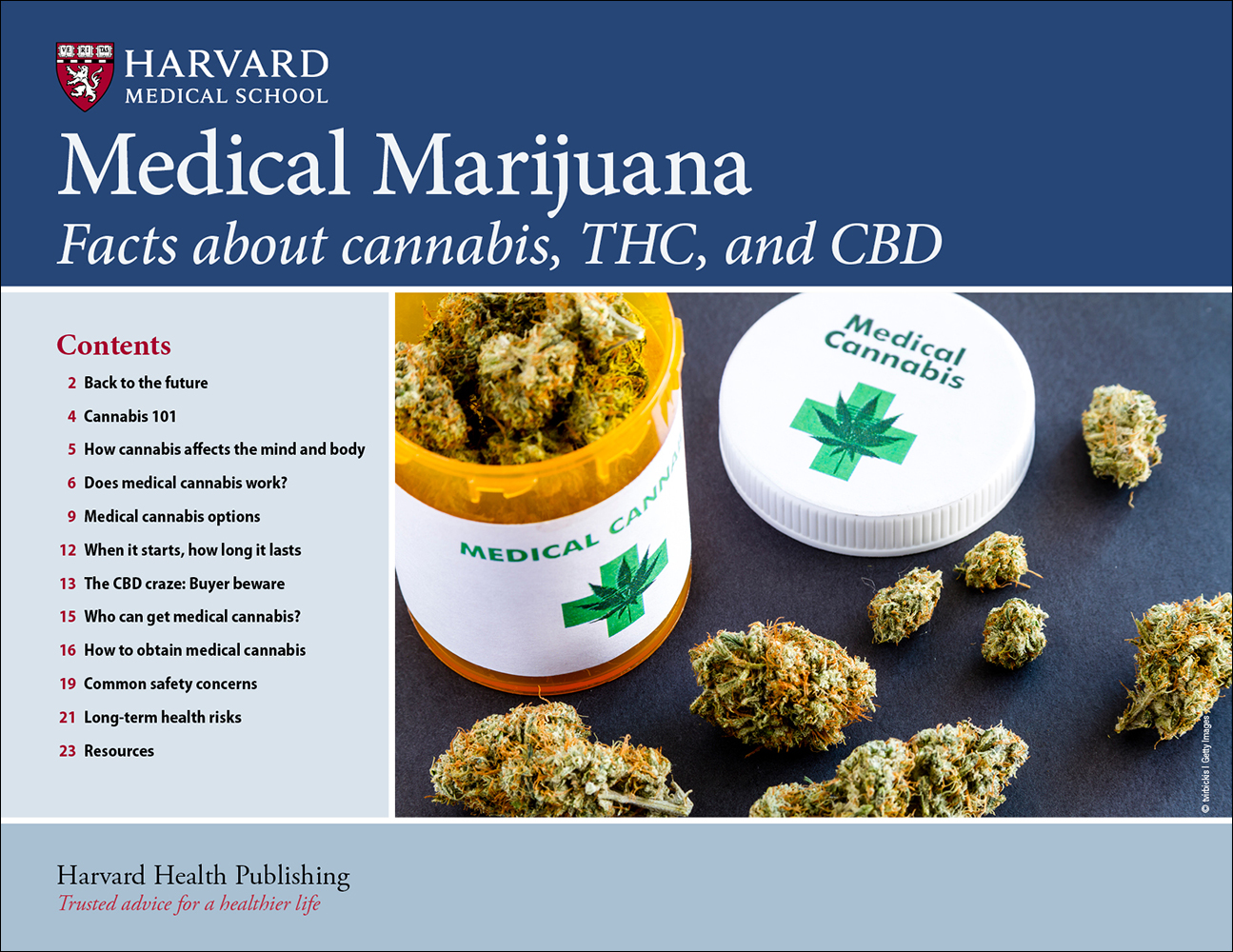Marijuana and heart health: What you need to know
Access to marijuana is growing, but marijuana benefits and its risks have not been carefully studied.

In many states in this country, you can legally use marijuana. Smoking is the fastest way to feel the effects of marijuana, which is derived from the Cannabis sativa plant. Yet marijuana smoke contains many of the same toxins, irritants, and carcinogens found in cigarette smoke — a known contributor to heart disease as well as cancer.
Marijuana cultivation and use dates back some 6,000 years. However, the cardiovascular and other health effects of cannabis aren't well studied. That's partly because under federal law, cannabis is a Schedule I substance, meaning it has "no currently accepted medical use and a high potential for abuse." That designation places numerous restrictions on researchers, making it difficult to carry out rigorous research on marijuana.
As a result, everything we're told about what marijuana does or doesn't do should be viewed with a certain amount of caution. This holds equally true for the risks as well as the benefits.
Pot and pain
Some of the evidence supporting the medical use of marijuana is marijuana’s benefits for managing chronic pain. Cannabinoid compounds (see "Cannabis 101") interact with receptors in nerve cells to slow down pain impulses and ease discomfort. Cannabinoids also have been shown to be effective in quelling nausea and vomiting. In addition, marijuana is a powerful appetite inducer. The combination of these attributes makes marijuana a therapeutic option for people coping with the side effects of chemotherapy and others who have unintended weight loss. However, in conditions where gaining extra weight might exacerbate existing health problems, such as diabetes, appetite stimulation would be counterproductive.
Cardiovascular effects
One of the few things scientists know for sure about marijuana and cardiovascular health is that people with established heart disease who are under stress develop chest pain more quickly if they have been smoking marijuana than they would have otherwise. This is because of complex effects cannabinoids have on the cardiovascular system, including raising resting heart rate, dilating blood vessels, and making the heart pump harder. Research suggests that the risk of heart attack is several times higher in the hour after smoking marijuana than it would be normally.
While this does not pose a significant threat to people who have minimal cardiovascular risk, it should be a red flag for anyone with a history of heart disease. Although the evidence is weaker, there are also links to a higher risk of atrial fibrillation or ischemic stroke immediately following marijuana use. Consistent with these links, studies also suggest that marijuana smoking may increase the long-term death rate among heart attack survivors.
Questions remain on marijuana’s benefits and risks
Most of the evidence linking marijuana to heart attack and stroke is based on reports from people who smoked it. So, it's hard to separate the effects of cannabinoid compounds on the cardiovascular system from the hazards posed by the irritants and carcinogens contained in the smoke. Because cannabis smoke is known to cause airway inflammation, wheezing, and chest tightness, people with lung diseases should not smoke it. People with mental health disorders or at risk of addiction should carefully consider the potential harms prior to using marijuana.
Cannabis 101The cannabis plant contains more than 100 unique chemical components classified as cannabinoids. These are the active ingredients that bind to specific receptors in the brain and other parts of the body. The two most prevalent types are tetrahydrocannabinol (THC), which is primarily responsible for the mind-altering properties sought out by recreational users, and cannabidiol (CBD), which has no psychoactive effect. The magnitude of marijuana's psychoactive effect depends on the THC level in the particular strain of plant, which parts of the plant are used, and the route through which the drug enters the body. Legalization in many states has led to the breeding of strains that are three to seven times more potent than those available three decades ago. The impact of smoked or inhaled marijuana is generally felt within a few minutes and lasts two to four hours. Marijuana ingested in food or beverages kicks in more slowly and lasts longer. |
Image: LEPETTET/Getty Images
Disclaimer:
As a service to our readers, Harvard Health Publishing provides access to our library of archived content. Please note the date of last review or update on all articles.
No content on this site, regardless of date, should ever be used as a substitute for direct medical advice from your doctor or other qualified clinician.
















